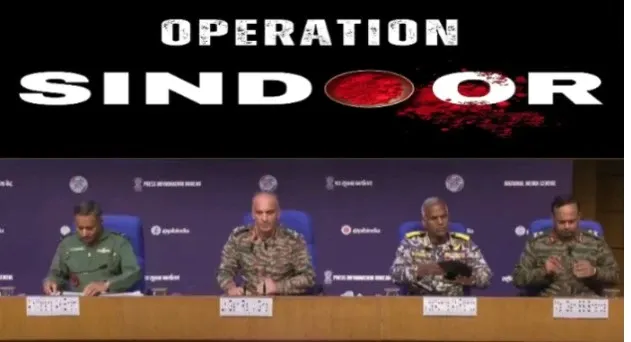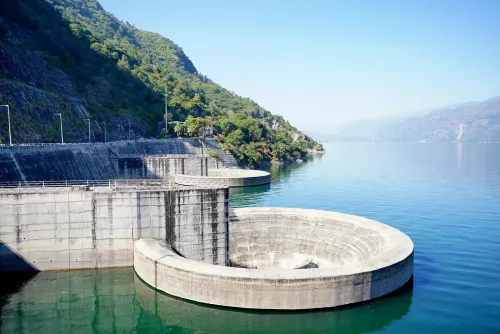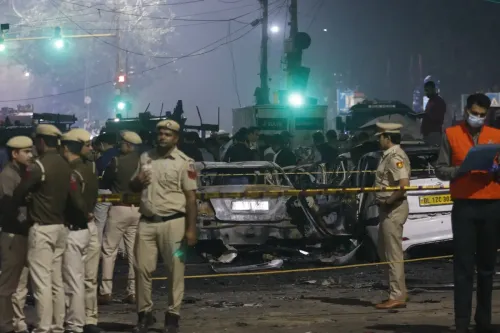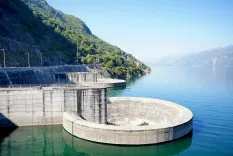Did Indian Jets Strike a Pakistani Military Base in Karachi During 'Operation Sindoor'?

Synopsis
Key Takeaways
- India conducted a tri-service operation termed 'Operation Sindoor' in response to a terror attack.
- Precision airstrikes targeted military installations in Pakistan.
- The operation resulted in the neutralization of significant military assets and over 100 terrorists.
- The Indian Navy played a crucial role in enforcing maritime dominance.
- Pakistan's retaliation included drone and missile strikes on Indian territories.
New Delhi, May 12 (NationPress) In a crucial escalation following the Pahalgam terror incident, India carried out a synchronized tri-service operation aimed at critical military and terrorist infrastructure throughout Pakistan and Pakistan-Occupied Kashmir (PoK), as confirmed by high-ranking army officials on Monday.
During a special media briefing, Air Marshal A.K. Bharti, the Director-General of Operations for the Indian Air Force (IAF), disclosed that precision airstrikes were executed near Karachi, specifically targeting a surface-to-air missile installation at Malir Cantonment, a heavily fortified military site located approximately 35 km from Pakistan's economic hub.
“Every action taken was part of a calculated and proportionate military response to the pattern of drone, missile, and cross-border aggression emanating from Pakistan,” stated Air Marshal Bharti.
In addition to the Karachi strike, the IAF also neutralized a radar facility near Lahore, reportedly employing Israeli-origin HARPY loitering munitions to engage a Chinese HQ-9 air defense system.
A second radar site near Gujranwala in Punjab province was similarly dismantled, indicating India's resolve to diminish Pakistan's surveillance and early warning capabilities.
These developments elaborate on what the Indian military had previously termed Operation Sindoor—a 25-minute coordinated strike executed on May 7.
The operation resulted in the neutralization of nine terrorist facilities—four within Pakistan and five in PoK—leading to the elimination of over 100 terrorists, as disclosed earlier by Defence Minister Rajnath Singh.
The Indian Navy played a crucial role in this joint operation.
Officials confirmed that India's carrier strike groups, attack submarines, and maritime aviation units were deployed off the coast of Karachi, compelling the Pakistani Navy and Air Force into a largely defensive stance, remaining close to shore or docked in harbor.
“Our naval assets maintained full operational readiness, poised to launch calibrated strikes against land or sea targets, including those in and around Karachi,” Vice-Admiral A.N. Pramod informed reporters.
This display of strength, he noted, was intended to exert psychological pressure and restrict Pakistan's ability to maneuver its naval and air assets freely during the limited conflict period.
In response to the Indian strikes, Pakistan initiated a series of drone and missile attacks targeting Indian military installations across Jammu and Kashmir, Punjab, Rajasthan, and Gujarat.
Regions such as Chandigarh, Pathankot, and Jaisalmer experienced air raid alerts and temporary blackouts.
Over the subsequent 72 hours, the Indian Air Force sustained pressure by conducting targeted strikes on vital Pakistani air bases, including Rafiqui, Chaklala, Murid, Rahim Yar Khan, Sargodha, and Bholari.
These airfields reportedly housed a substantial portion of Pakistan's F-16 and JF-17 fleet.









